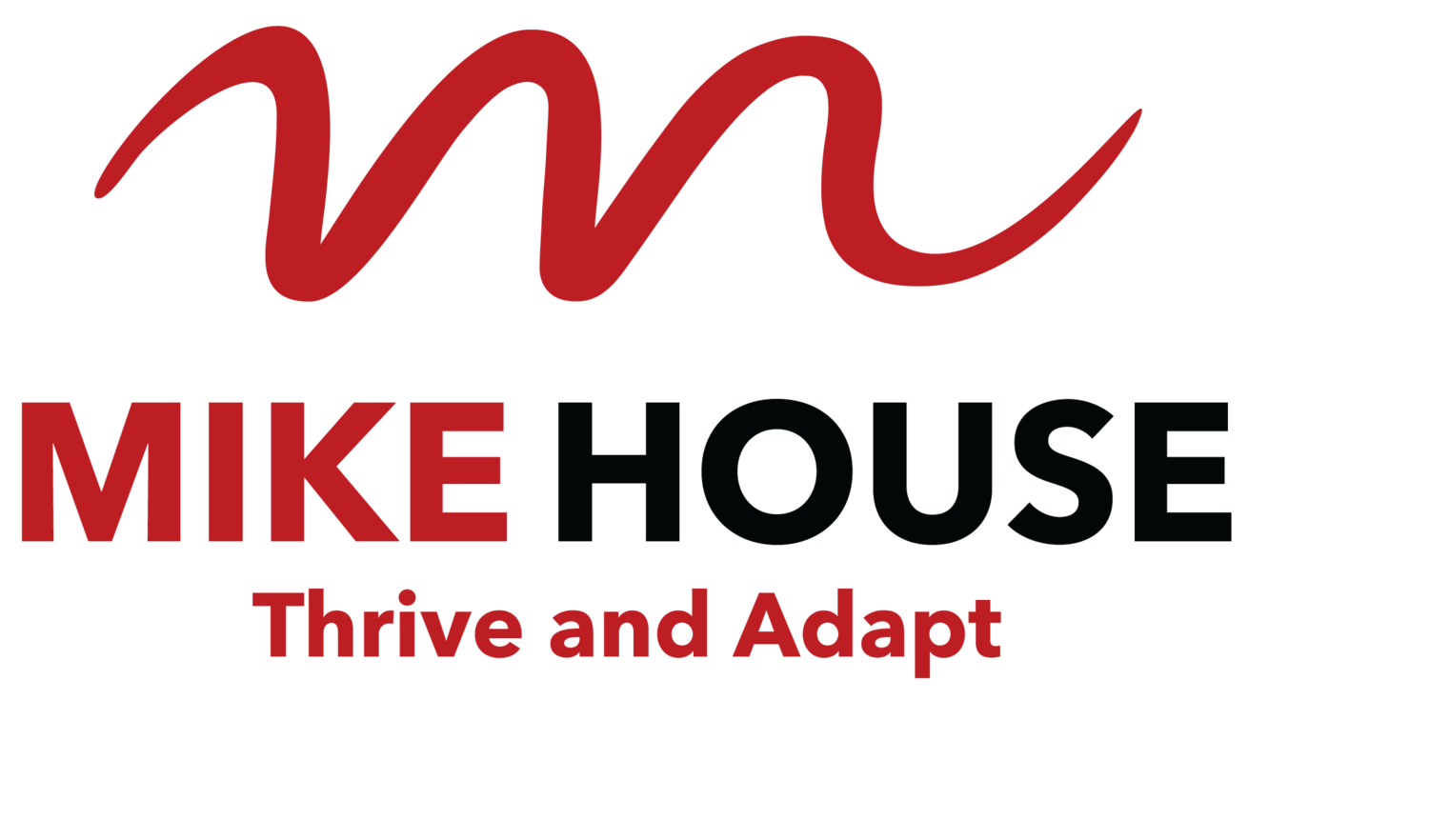Flip the Risk
/What do you do when faced with a big decision? Do you consider the risks? How does perceived risk factor into deciding for or against?
During the past week I've worked with people contemplating large and small decisions. Some are strategic, some opportunistic, others reactive. Risk has been a core part of every conversation. Many of us seem to be pretty good at considering what could go wrong and reasons not to act. Sometimes that holds us back from deciding yes to something worthwhile.
Flipping risk is a useful way to level up the thinking. Asking ‘what's at risk if we don't?’ immediately shifts your thinking to the potential downside if you pass something up. This week, flipping risk has led to a company more assertively owning its space, a difficult but necessary HR decision, a bold adventure, creation of a new entity to explore a bold collaboration, a challenging but wise personal decision. In each case, the decision would have been ‘No’ before flipping the risk.
Flipping risk won't change every decision, but it will help you see it more clearly. There are a lot of great opportunities just waiting for a different perspective. What's at risk if you let them pass you by?


